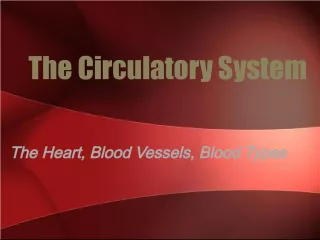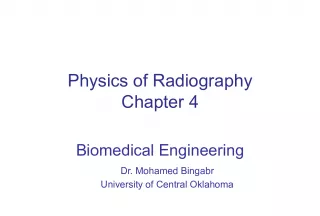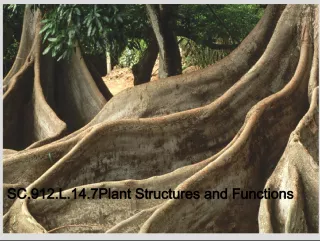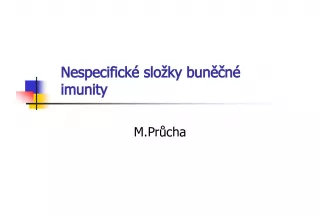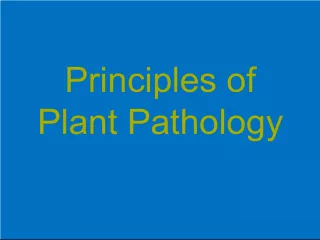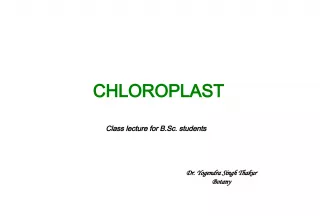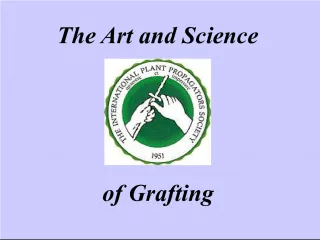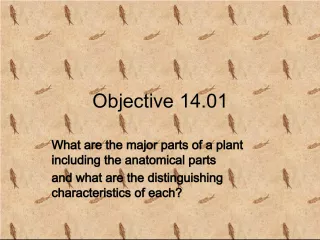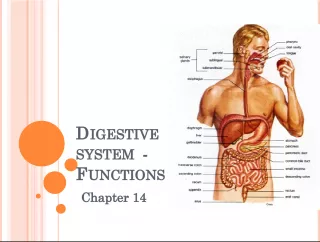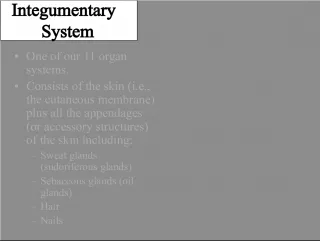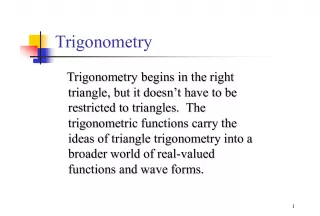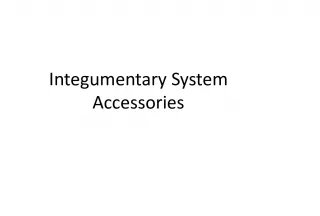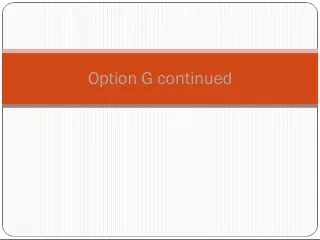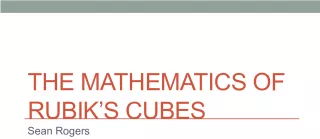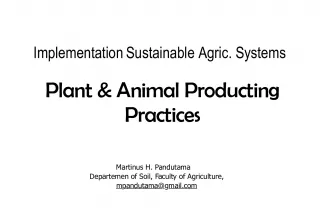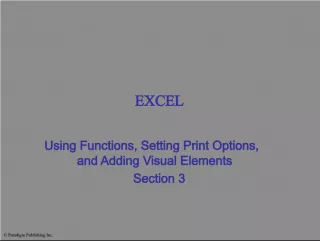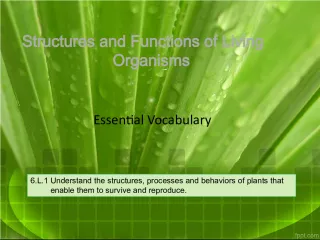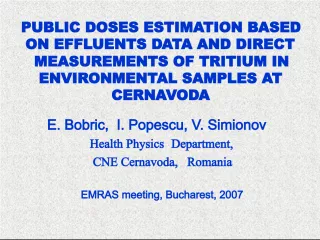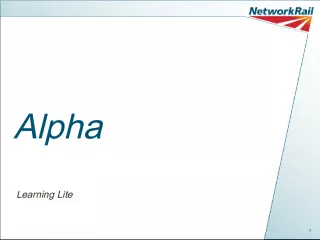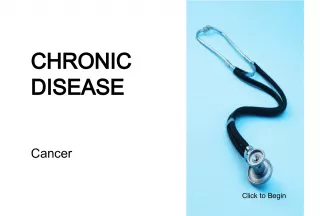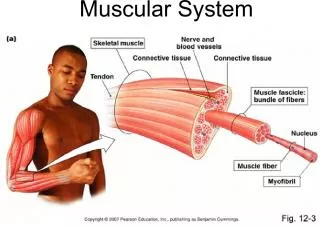Plant Organs and Tissues and Their Functions


This article discusses the major plant organs and tissues and their relation to physiological processes. Specifically, it focuses on the function of leaves as the site of gas exchange, respiration, photos
- Uploaded on | 0 Views
-
 basil
basil
About Plant Organs and Tissues and Their Functions
PowerPoint presentation about 'Plant Organs and Tissues and Their Functions'. This presentation describes the topic on This article discusses the major plant organs and tissues and their relation to physiological processes. Specifically, it focuses on the function of leaves as the site of gas exchange, respiration, photos. The key topics included in this slideshow are . Download this presentation absolutely free.
Presentation Transcript
Slide1SC.912.L.14.7 Relate the structure of each of the major plant organs and tissues to physiological processes
Slide2Function of Leaves Make food through photosynthesis Site of gas exchange Respiration Photosynthesis Store food IDENTIFY THE PRINCIPAL ORGANS AND TISSUES OF SEED PLANTS: LEAVES
Slide3Stomata Openings in the epidermis mainly located on the underside of leaves Allow for exchange of gases (CO 2 , O 2 , H 2 O) Guard Cells Two cells located on each side of stomata Opens and closes stomata Cuticle Waxy substance that covers the leaves & stems Waterproof layer that keeps water in plants Transparent to allow light to enter for photosynthesis TISSUES OF THE LEAF : EPIDERMIS
Slide4Palisade mesophyll Primary site of photosynthesis Spongy mesophyll Contains air & chloroplasts Site of photosynthesis and gas exchange TISSUES OF THE LEAF : MESOPHYLL LAYER
Slide5Vascular Bundles Transport system Called veins Found in spongy mesophyll Two Forms Phloem moves food from leaf to the rest of the plant Xylem moves water & minerals up from the roots to the leaves TISSUES OF THE LEAF
Slide6LEAF TISSUE ORGANIZATION
Slide7Function of Stems Movement of materials Water & minerals from roots to leaves Manufactured food from leaves to roots Support leaves & reproductive structures Food storage IDENTIFY THE PRINCIPAL ORGANS AND TISSUES OF SEED PLANTS: STEMS
Slide8Terminal Bud Bud on the end of the stem. Axillary Lateral Bud Bud on the side of the stem. EXTERNAL STEM STRUCTURE
Slide9Xylem The tissue that transports water & nutrients up from roots to stems & leaves. Phloem Tissue that transports food down from leaves to roots. Cambium Thin, green, actively growing tissue located between bark & wood and produces all new stems cells. INTERNAL STEM STRUCTURE
Slide10Bark Old, inactive phloem. Heartwood Old, inactive xylem. Sapwood New, active xylem. INTERNAL STEM STRUCTURE
Slide11Corms Underground stem Solid, fleshy, scale covered Bulb Layers of fleshy scales that overlap each other Underground stem Stolens Stem that grows horizontally above the soil surface SPECIALIZED TYPES OF STEMS Tubers Food Storage Area Short, thick underground stem Rhizomes Underground stems that produce roots on the lower surface and extend leaves and flower shoots above ground Corms Bulbs Tubers Rhizomes Stolons
Slide12Functions Anchors the plant Absorbs water & minerals Stores food IDENTIFY THE PRINCIPAL ORGANS AND TISSUES OF SEED PLANTS: ROOTS
Slide13Tap Roots One main root, no nodes Ideal for anchorage Penetration is greater for water and food storage Aerial Roots Clinging air roots Short roots that grow horizontally from the stems and fasten plant to a support Absorptive air roots Absorb moisture from the air DIFFERENT TYPES OF ROOTS Fibrous Roots Many finely branched secondary roots Shallow roots cover a large area More efficient absorption of water & minerals Roots hold the soil to prevent erosion Adventitious Roots Develop in places other than nodes Form on cuttings & rhizomes Tap Aerial Fibrous Adventitious
Slide14Root Cap Indicates growth of new cells Root Hairs Tiny one celled hair-like extensions of the epidermal cells located near the tips of roots. Increase surface area. Absorb water & minerals. PARTS OF ROOTS
Slide15Internal structure of Roots Much Like Those Of Stems With Phloem, Cambium And Xylem Layers Phloem The outer layer. Carries food down the plant. Xylem The inner layer. Carries water & minerals up to the stem.
Slide16IDENTIFY THE PRINCIPAL ORGANS AND TISSUESOF SEED PLANTS: FLOWERS Functions Contain the sexual organs for the plant. Produces fruit, which protects, nourishes and carries seeds. Attracts insects for pollination.
Slide17Petals Brightly colored Protects stamen & pistils. Attracts pollinating insects. Collectively called the corolla. Sepals Outer covering of the flower bud. Protects the stamens and pistils when flower is in bud stage. PARTS OF THE FLOWER
Slide18The STAMEN is the male reproductive part. It is made up of Anther Produces pollen which fertilize the ovules Filament Supports the anther The PISTIL is the female reproductive part. It is made up of Ovary Enlarged portion at base of pistil Produces ovules which develop into seeds Stigma Holds the pollen grains during fertilization Style Connects the stigma with the ovary Supports the stigma so that it can be pollinated FLOWER REPRODUCTION pistil
